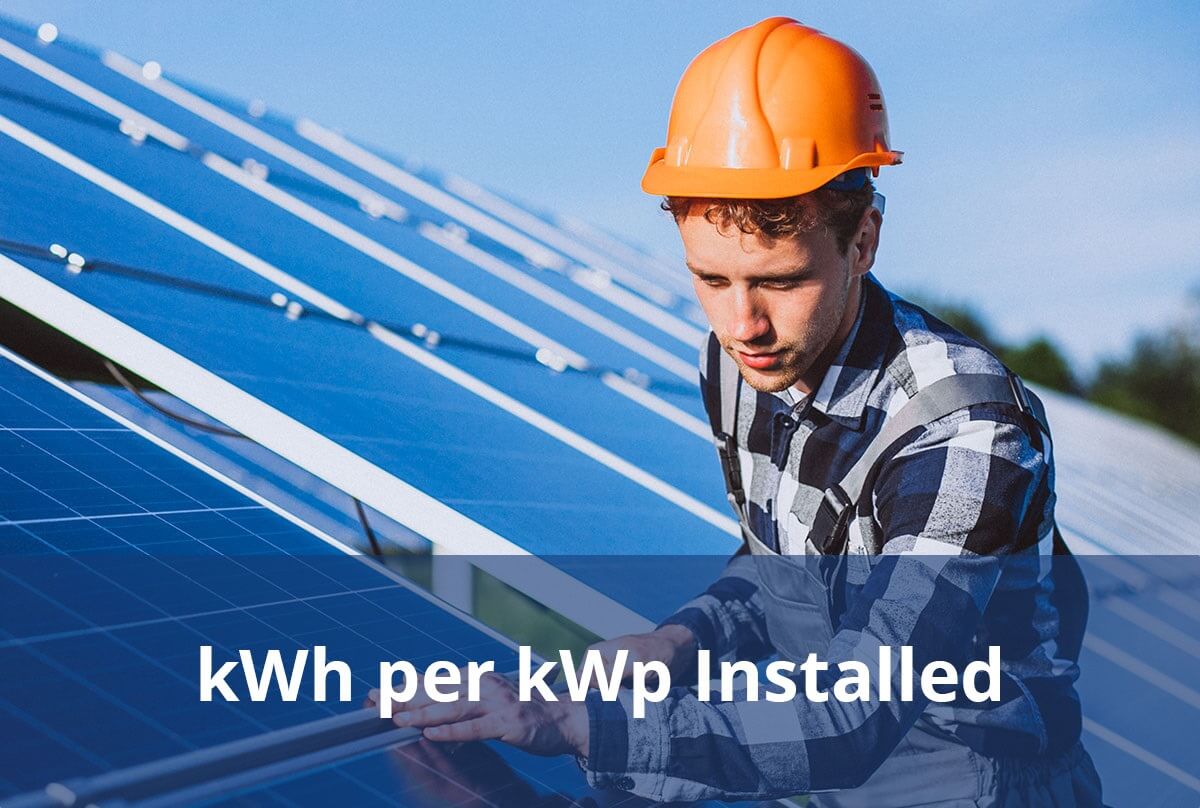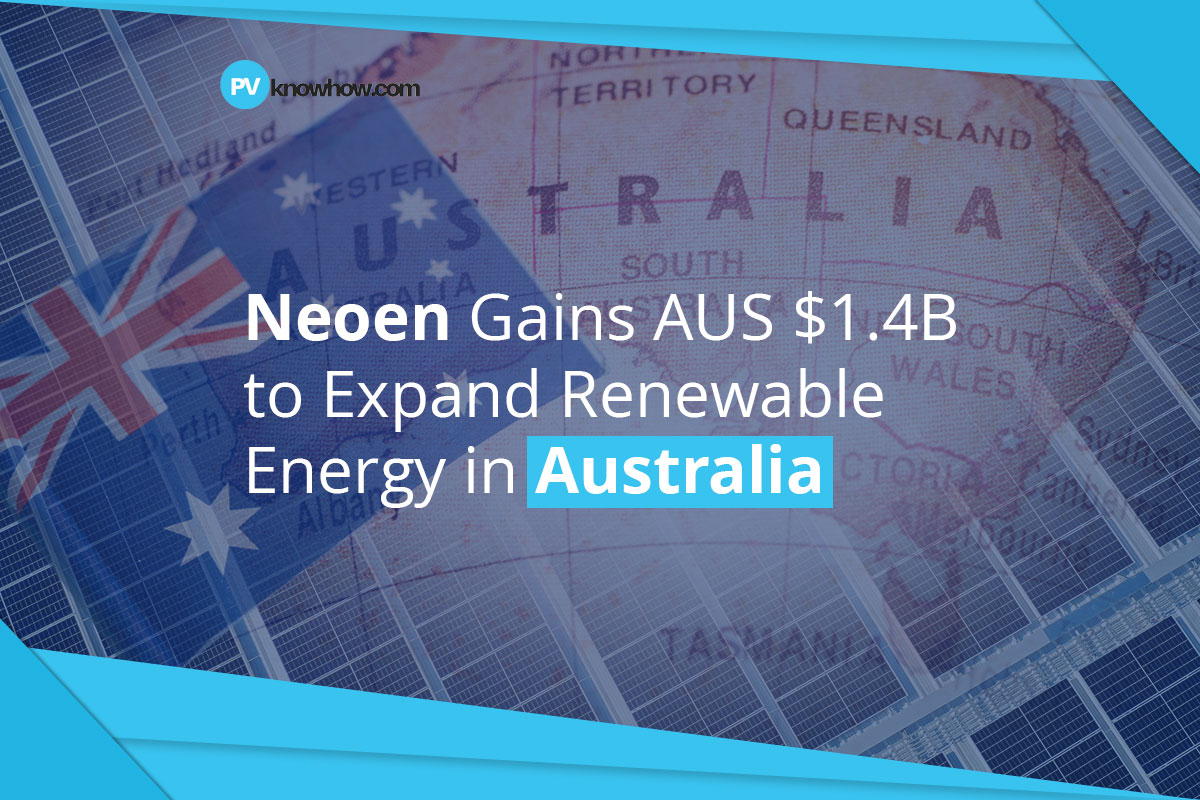Discover comprehensive insights into the statistics, market trends, and growth potential surrounding the solar panel manufacturing industry in Australia
- Climate Top. (2024). Sunshine & Daylight Hours in Sydney, New South Wales, Australia. Retrieved from https://www.climate.top/australia/sydney/sunlight/
- Kom5grad. (2024). How Much Power Will My Solar Panel Output in Sydney? Retrieved from https://1komma5grad.com/au/blog/much-power-will-solar-system-generate-sydney
- ECOFLOW. (2024). Average Electricity Prices in Australia per kWh. Retrieved from https://blog.ecoflow.com/au/average-electricity-prices-in-australia-per-kwh/#:~:text=A%20single%20kWh%20of%20electricity,how%20much%20power%20you%20use.
- Climate Council. (2024). Your guide to electricity. Retrieved from https://www.climatecouncil.org.au/wp-content/uploads/2019/03/Factsheet-Electricity-Reliability.pdf
- Australian PV Institute. (2024). Australian PV market since April 2001. Retrieved from https://pv-map.apvi.org.au/analyses#:~:text=As%20of%2031%20March%202024,capacity%20of%20over%2035.6%20gigawatts.
- L. Granwal. (2024). Projected installed large-scale solar power generation capacity Australia 2020-2035. Retrieved from https://www.statista.com/statistics/1098771/australia-large-scale-solar-generation-capacity-projection/
- Wikipedia. (n.d.). Cost of electricity by source. Retrieved July 11, 2024, from https://en.wikipedia.org/wiki/Cost_of_electricity_by_source
- Australian Government. (2023). Australian electricity generation – fuel mix. Retrieved from https://www.energy.gov.au/energy-data/australian-energy-statistics/data-charts/australian-electricity-generation-fuel-mix
- Green Review. (2024). Near record year for residential solar power installations. Retrieved from https://greenreview.com.au/energy/near-record-year-for-residential-solar-power-installations/
- Australian Energy Council. (2022, January). Solar Report. Retrieved from https://www.energycouncil.com.au/media/5wkkaxts/australian-energy-council-solar-report_-jan-2022.pdf
- Codde Chessher. (2024). 11 Solar Energy Statistics in Australia (2024 update). Retrieved from https://housegrail.com/solar-energy-statistics-australia/
- ARENA. (2024). Off grid. Retrieved from https://arena.gov.au/renewable-energy/off-grid/
- Daniel Merce. (2024). ‘Staggering’ rise of rooftop solar to put all other power generation in the shade, report finds. Retrieved from https://www.abc.net.au/news/2024-02-21/rooftop-solar-cells-in-australia-to-outperform-demand/103489806
- Anna Hendrsen. (2024). Renewables could power most of Australia by 2040, Australian Energy Market Operator plan shows. Retrieved from https://www.abc.net.au/news/2020-07-30/australian-energy-market-operator-report-renewables-power/12507384
- Growatt. (2024). Australia: Solar News, Trends, and Forecasts for 2024. Retrieved from https://au.growatt.com/media/news/australia:-solar-news,-trends,-and-forecasts-for-2024
- Jooble. (n.d.). Solar installer salaries. Retrieved from https://au.jooble.org/salary/solar-installer
- Worldometer. (2024). Australia population 2024. Retrieved from https://www.worldometers.info/world-population/australia-population/
- Statista. (2021). Average net face rent of industrial property in Australia in second quarter 2021, by location (in Australian dollars per square meter). Retrieved from https://www.statista.com/statistics/1239493/australia-average-net-face-rent-of-industrial-property-by-location/
- Global Petrol Prices. (2024). Australia electricity prices. Retrieved from https://www.globalpetrolprices.com/Australia/electricity_prices/
- Australian Bureau of Statistics. (2023). Water Account, Australia. Retrieved from https://www.abs.gov.au/statistics/environment/environmental-management/water-account-australia/latest-release
- Calauti, L. (2019). How much does it cost to rent office space? Commercial Real Estate. Retrieved from https://www.commercialrealestate.com.au/advice/how-much-does-it-cost-to-rent-office-space-57245/
- International Energy Agency (IEA). (2021). National Survey Report of PV_Australia Power Applications in Country. Retrieved from https://iea-pvps.org/wp-content/uploads/2022/08/PViA-Report-2022-AUS_v3.pdf
- Clean Energy Council. (2022). Clean Energy Australia Report 2022. Retrieved from https://assets.cleanenergycouncil.org.au/documents/resources/reports/clean-energy-australia/clean-energy-australia-report-2022.pdf
- Wikipedia. (n.d.). Electricity sector in Australia. Retrieved July 11, 2024, from https://en.wikipedia.org/wiki/Electricity_sector_in_Australia#:~:text=Due%20to%20its%20large%20size,submarine%20DC%20cable%20with%20Tasmania













